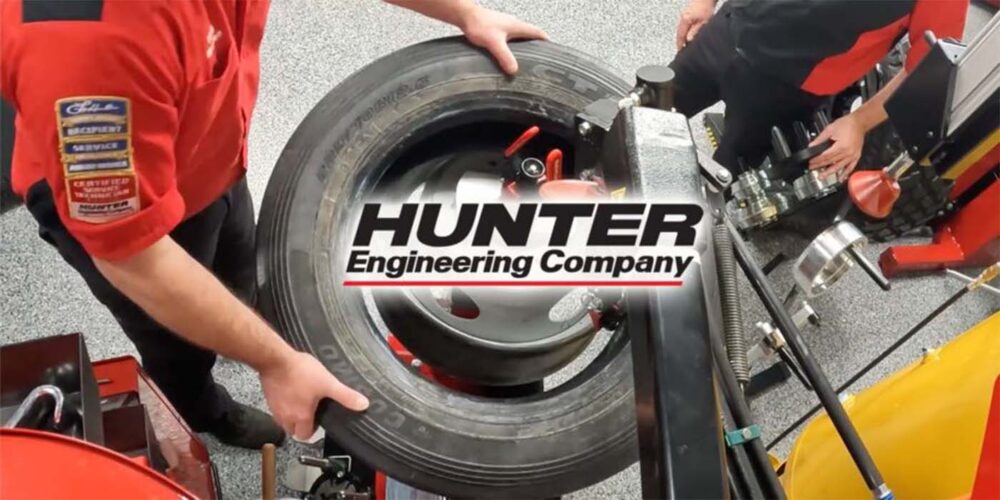We may be biased, but we think tires are the most important part of any vehicle. Think about it, of the hundreds of components that make up a car, there’s only one set that actually makes contact with the road – tires.
Tread is so important to not just tire performance, but vehicle performance overall. In this Tire Review Continental Tire Garage Studio video, we dive into several types of tire treads and how distinctive designs affect the way a tire performs.
Tire tread is a critical component that makes direct contact with the road surface and assorted designs vary across different tires in the market. The tread pattern plays a crucial role in enhancing a vehicle’s grip and handling performance, specifically tailored to various driving conditions.
A typical tire tread consists of four main parts, starting with ribs; the raised sections of the tread pattern composed of tread blocks. They form the outermost part of the tread and are responsible for providing stability and support during cornering and braking maneuvers.
Grooves are channels that run both circumferentially and laterally around the tire. Grooves are designed to disperse water and slush from the tire’s contact patch, reducing the risk of hydroplaning and improving wet traction.
Tread blocks are the raised rubber segments that contact the road surface. The design, size and arrangement of tread blocks impacts the tire’s grip on different road surfaces and driving conditions.
Sipes are small, thin slots molded into the tread blocks. Sipes play a role in enhancing traction on slippery surfaces like wet roads, snow and ice by providing additional biting edges.
It’s important to recommend the right tire pattern based on your customer’s driving needs, the climate of their area and the type of vehicle they own. For example, symmetrical tread pattern tires are usually found on passenger cars, sedans, and some SUVs. Recommend tires with this tread pattern to customers who want a good balance of performance and comfort.
Performance cars that demand UHP tires, high-performance SUVs and some sporty models usually sport directional tread pattern tires because they are designed for major improvements to handling, traction and water dispersion. Recommend these to customers who have vehicles with high performance demands, like EVs or luxury vehicles.
Asymmetrical tread pattern tires are generally also found fit for sports cars and vehicles that require high-performance capabilities and provide a balance between wet and dry performance. If your customer frequently drives in areas with unpredictable weather patterns, such as regions prone to sudden rain or changing road conditions, asymmetrical tread pattern tires can offer a reliable solution.
Don’t forget to follow us on Instagram and Facebook and subscribe to our YouTube channel for more tire, service and shop operations videos.













